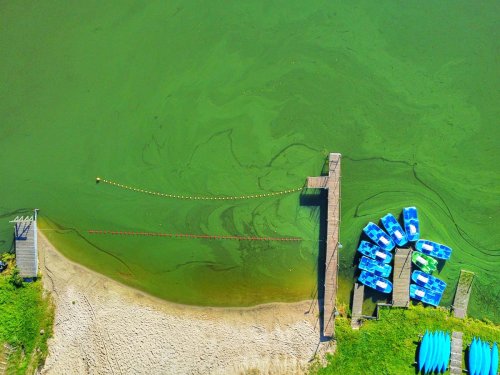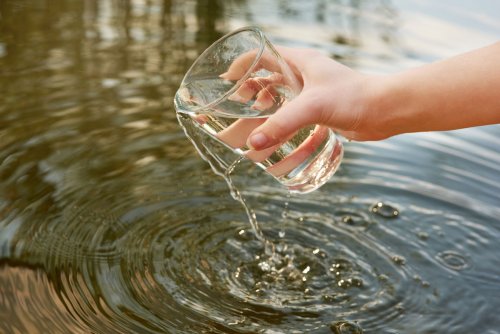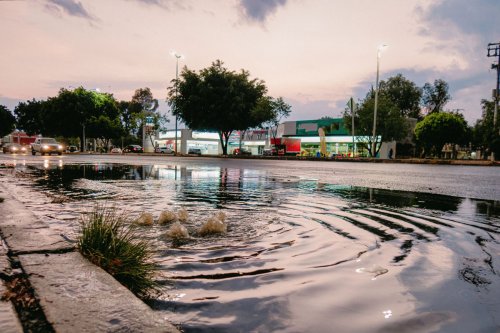Detecting Illicit Discharges in Stormwater Systems
Detecting and eliminating illicit discharges is essential for protecting water quality and maintaining healthy ecosystems. By using a combination of inspections, water testing, and public engagement, municipalities and environmental agencies can identify and address pollution sources effectively. Implementing strong MS4 programs and enforcing stormwater regulations will help prevent long-term environmental damage and ensure cleaner waterways for future generations.

Illicit discharges in stormwater systems pose a significant threat to water quality, public health, and the environment. These discharges occur when pollutants such as chemicals, oils, sewage, or industrial waste enter the stormwater system, often through illegal connections, accidental spills, or improper disposal. Unlike sanitary sewers, storm drains usually discharge untreated water directly into rivers, lakes, and other water bodies. Detecting and eliminating illicit discharges is a critical component of stormwater management programs, particularly within Municipal Separate Storm Sewer System (MS4) regulations.
Common Sources of Illicit Discharges
Illicit discharges can originate from a variety of sources, including:
Illegal Dumping: Individuals or businesses improperly disposing of chemicals, motor oil, paints, or other pollutants into storm drains.
Sanitary Sewer Cross-Connections: Improper plumbing connections where wastewater from homes or businesses mistakenly drains into the stormwater system.
Industrial Discharges: Factories or processing plants releasing contaminated water into storm drains.
Failing Septic Systems: Malfunctioning or leaking septic systems that discharge untreated sewage into nearby ditches or storm drains.
Vehicle Wash Water: Wastewater from car washes, garages, or fleet maintenance operations entering stormwater drains.
Detecting these sources early is essential to preventing environmental contamination and ensuring compliance with stormwater regulations.
Methods for Detecting Illicit Discharges
Several techniques can help identify illicit discharges in stormwater systems, ranging from visual inspections to advanced chemical testing.
1. Visual Inspection
Regular inspections of stormwater outfalls can reveal obvious signs of illicit discharges. Key indicators include:
--Unusual Odors: A sewage-like or chemical smell at outfalls or along drainage pathways.
--Discolored Water: Stains, foaming, or murky water, especially in dry weather conditions when no rainwater is expected.
--Oily Sheen or Surface Residue: Presence of oil, grease, or other floating pollutants.
--Stressed Vegetation or Dead Aquatic Life: Nearby plants turning brown or fish dying in water bodies connected to the storm drain system.
Routine inspections should be conducted during dry weather (when no rainwater should be flowing) to help identify continuous discharges from illegal or improper connections.
2. Outfall Monitoring and Sampling
Regular monitoring of stormwater outfalls using water sampling and laboratory analysis can help detect contaminants. Sampling should focus on:
--pH Levels: Unusual pH readings can indicate chemical discharges.
--Conductivity Testing: High conductivity may suggest industrial pollutants.
--Bacteria Testing (E. coli or Fecal Coliforms): Elevated bacteria levels can point to sewage contamination.
--Nutrient Testing (Nitrogen and Phosphorus): Excess nutrients may indicate fertilizer runoff or sewage leaks.
--Surfactants Detection: High levels of detergents or soaps can indicate vehicle wash water or industrial discharge.
3. Dye Testing
Dye testing involves adding a non-toxic colored dye to suspected sources (e.g., plumbing systems, floor drains, or septic tanks) to trace improper connections. If the dyed water appears in storm drains or nearby waterways, it indicates an illicit connection.
4. Smoke Testing
Smoke testing involves forcing harmless smoke into stormwater or sewer pipes to detect leaks, cross-connections, or illegal connections. If smoke emerges from unintended locations, such as toilets, sinks, or manholes, it suggests a misconnection.
5. Video Camera Inspections
Remote-operated cameras can be inserted into stormwater pipes to inspect for illicit connections, blockages, or damage. This method is particularly useful for identifying hidden cross-connections in underground infrastructure.
6. Flow Monitoring
Illicit discharges can sometimes be detected by monitoring flow levels in storm drains. Unusual flow patterns during dry weather may indicate continuous illicit discharge sources.
7. Community Reporting and Public Engagement
Public awareness campaigns and citizen reporting programs can help detect illicit discharges. Encouraging residents, businesses, and municipal workers to report suspicious activity, such as illegal dumping or unusual water discoloration, can improve early detection efforts.
Steps for Eliminating Illicit Discharges
Once an illicit discharge is detected, it must be traced to its source and eliminated. The process typically involves:
1. Identifying the Source: Using a combination of visual inspections, dye testing, and water sampling to pinpoint the pollutant origin.
2. Engaging Property Owners and Businesses: Educating responsible parties about proper disposal methods and compliance with stormwater regulations.
3. Issuing Warnings or Penalties: If necessary, enforcing regulations through fines, citations, or legal action.
4. Correcting Illegal Connections: Working with property owners to reroute improper plumbing connections.
5. Conducting Follow-Up Monitoring: Ensuring that the issue has been fully resolved and no further illicit discharges occur.
Detecting and eliminating illicit discharges is essential for protecting water quality and maintaining healthy ecosystems. By using a combination of inspections, water testing, and public engagement, municipalities and environmental agencies can identify and address pollution sources effectively. Implementing strong MS4 programs and enforcing stormwater regulations will help prevent long-term environmental damage and ensure cleaner waterways for future generations.
















